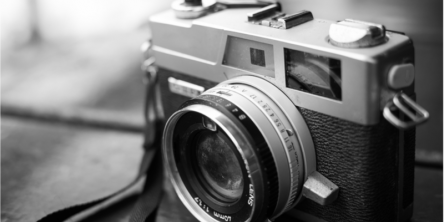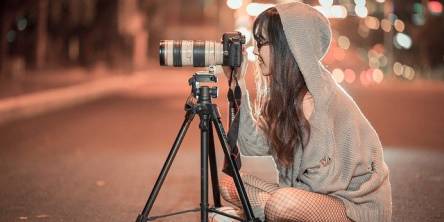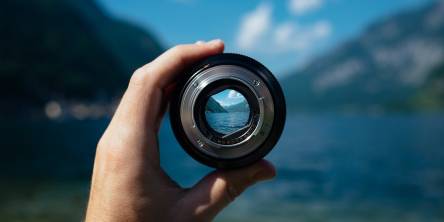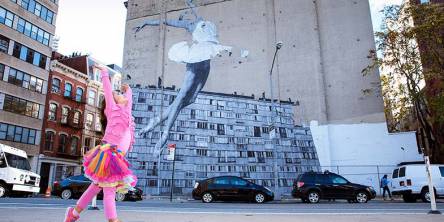Cameras and Video Cameras: A Complete Guide
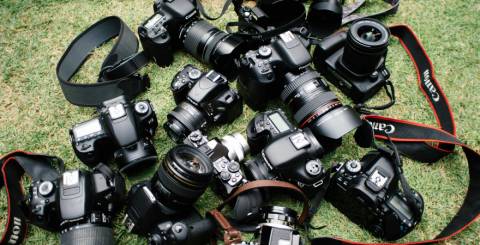
Cameras have long been one of the most revolutionary inventions in human history, transforming the way we capture, preserve, and share memories. From the early days of bulky film devices to today’s lightweight smartphones with powerful lenses, cameras have evolved into indispensable tools for both professionals and everyday users. Alongside them, video cameras have taken center stage in documenting moving images, making filmmaking, journalism, and social media content creation possible. Together, cameras and video cameras have shaped culture, communication, and technology in remarkable ways.
A Brief History of Cameras
The origins of cameras date back to the camera obscura, a simple dark box with a pinhole that projected an inverted image of the outside world. While fascinating, it couldn’t capture permanent photos. The breakthrough came in the 19th century with the invention of photographic film by innovators like Joseph Nicéphore Niépce and Louis Daguerre. This allowed images to be recorded permanently, marking the beginning of photography as we know it.
As decades passed, cameras transitioned from large, wooden boxes to more portable designs. The introduction of 35mm film cameras in the early 20th century made photography accessible to the general public. Later, the Polaroid instant camera in the 1940s offered instant results, making it a cultural phenomenon.
The biggest revolution came with the digital camera in the late 20th century. Instead of film, digital sensors began capturing light as data, making photos instantly viewable and editable. Digital cameras reduced costs, eliminated the need for film development, and opened the door to modern photography.
Types of Cameras
Today, cameras come in various forms, each serving different purposes:
-
DSLR Cameras – Known for their interchangeable lenses, optical viewfinders, and excellent image quality. These are popular among professionals.
-
Mirrorless Cameras – Compact and lightweight, they use digital viewfinders and provide high-quality images without the bulk of DSLRs.
-
Point-and-Shoot Cameras – Small, easy-to-use, and great for casual users.
-
Smartphone Cameras – Integrated into almost every phone, offering advanced computational photography features.
-
Instant Cameras – Similar to Polaroids, they provide printed photos on the spot.
Each type balances convenience, quality, and cost, giving consumers a wide range of choices depending on their needs.
The Rise of Video Cameras
While still cameras capture single moments, video cameras revolutionized how we record continuous action. Early video cameras appeared in the 20th century, mainly for television broadcasting. These were large, expensive machines reserved for studios.
The introduction of camcorders in the 1980s changed everything. Compact, affordable, and easy to use, camcorders allowed families to record birthdays, weddings, and vacations. This democratized video recording making it a part of everyday life.
In recent decades, professional video cameras have become more advanced, offering 4K, 6K, and even 8K resolutions, cinematic frame rates, and professional-grade stabilization. At the same time, action cameras like the GoPro have enabled extreme sports enthusiasts to record thrilling adventures from unique perspectives.
Cameras vs. Video Cameras
While both devices share the goal of recording reality, their main difference lies in purpose:
-
Cameras (Photo Cameras): Capture still images with a focus on high resolution and sharpness.
-
Video Cameras: Designed for continuous recording of moving images, with strong emphasis on frame rates, sound, and smooth motion.
Interestingly, the line between the two has blurred. Most modern DSLRs and mirrorless cameras now shoot both high-quality photos and professional-level videos. Similarly, smartphones integrate powerful photo and video functions in one device.
Modern Uses and Applications
1. Photography and Art
Cameras remain essential tools for artists and storytellers. Photographers use them to express creativity, capture emotions, and preserve history.
2. Content Creation and Social Media
Video cameras have become central to platforms like YouTube, TikTok, and Instagram, where millions create and share content daily. High-quality video recording has turned ordinary individuals into influencers and even full-time creators.
3. Journalism and Documentation
Both cameras and video cameras are vital for journalists, enabling them to capture events in real time, spread awareness, and preserve truth.
4. Film and Entertainment
The movie industry thrives on advanced video cameras capable of producing cinematic visuals. Independent filmmakers also benefit from more affordable professional gear.
5. Security and Surveillance
Video cameras are key in CCTV systems, ensuring public safety and monitoring private spaces.
6. Education and Remote Work
From online classes to Zoom meetings, video cameras built into laptops and phones keep people connected worldwide.
The Future of Cameras and Video Cameras
Looking ahead, cameras will continue merging with artificial intelligence (AI) and augmented reality (AR). AI is already enhancing autofocus, scene detection, and low-light performance. Soon, cameras may automatically adjust to ideal settings, track subjects with precision, and even generate augmented visuals in real time.
Video cameras are heading toward immersive experiences with 360-degree recording and virtual reality. As metaverse platforms grow, video recording will not just capture life but also integrate into virtual worlds.
Conclusion
Cameras and video cameras are more than just gadgets—they are storytelling tools that shape how we see and share the world. From capturing a child’s first steps to filming a blockbuster movie, these devices continue to evolve with technology, making visual communication richer and more accessible. Whether in the hands of a professional filmmaker, a social media creator, or an everyday user, cameras and video cameras remain at the heart of modern human expression.
Similar Articles
Product photography plays a vital role in attracting customer attention and getting sales. As we enter the year 2025, we must adapt to the rising trends of photography to stay abreast of the world.
Long-term time-lapse cameras have become a game-changer in various industries. With the ability to capture slow processes over extended periods, these cameras offer a unique perspective on changes that would otherwise go unnoticed.
When digital cameras began to become widely available and somewhat affordable, it seemed as if analogue cameras would fall into obscurity in the face of this seemingly superior technology.
For budding photographers, there’s a good amount of info out there. You can find out about apertures, lenses, and exposure times pretty easily
"No one is perfect on this globe; we all make mistakes at some point." This adage also applies to the photography profession, especially to new photographers. Some people are gifted with great photography skills, while some are not.
Not every picture you take might turn out the way you would expect it to. Thankfully there are many photo editing programs that can help you give some finishing touches and add artistic visions to your pictures.
It is a common question asked by photography clients; Where is the best place to get pictures taken? Should I choose an indoor studio location, an industrial park, or maybe a place full of trees? What are the most popular spots your clients choose to take photos?
Like every art, wedding photography has gone through some significant changes over the years. Candid wedding photography has become the new buzz in Indian weddings, to capture the unfiltered fun and frolic experienced during the special occasions.
A wedding is a miraculous event that celebrates love and the union of soulmates. Even though it is one of the most important days of any bride and groom's life, a wedding takes a lot of time and effort.



